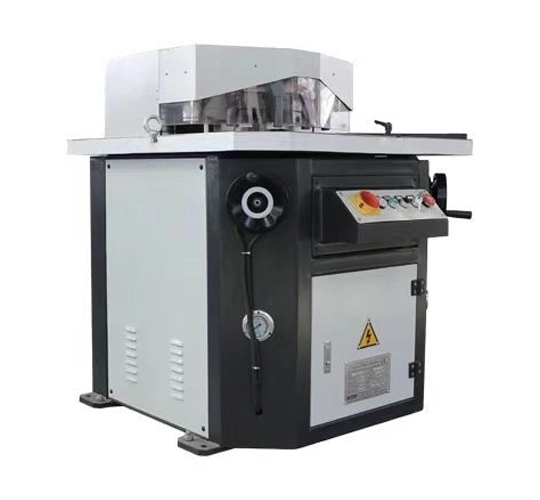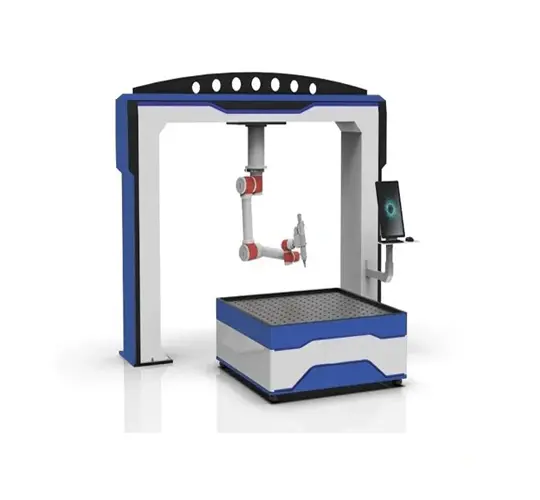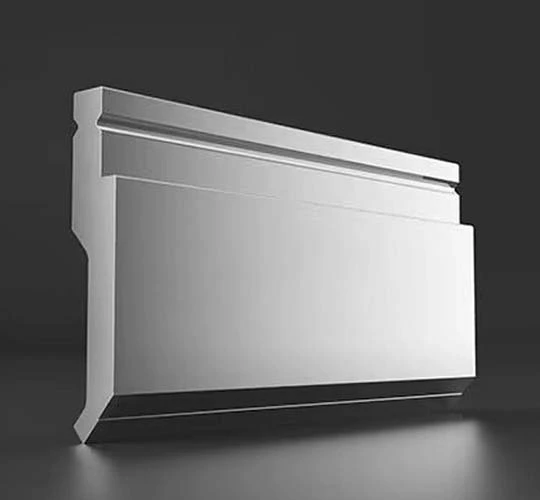In the field of metal shaping, accuracy is absolutely essential. Press brake crowning systems have transformed the industry by ensuring consistent and accurate bends, tackling one of the most persistent challenges in the bending process: machine deflection. These systems are vital for applications involving long parts, high-tonnage presses, or high-strength materials, delivering flawless results with every bend. This blog explores how crowning systems function, their various types, and the significant advantages they offer to metalworking professionals.
What is a Press Brake Crowning System?
A press brake crowning system is a sophisticated mechanism designed to counteract the natural deflection that occurs during the bending process. When force is applied, particularly on press brakes with longer beds or higher tonnage, the ram and bed can flex or bow, resulting in uneven bend angles—shallower in the center and tighter at the ends. Crowning systems address this issue by adjusting the bed’s shape to maintain uniform pressure across the entire workpiece, ensuring precise and consistent bends every time.
How Crowning Enhances Bending Accuracy
Crowning systems significantly improve bending accuracy by addressing machine deflection in a comprehensive way. When a press brake applies force, the ram and bed can flex, leading to inconsistent bend angles, particularly in the center of the workpiece. Crowning systems counteract this by adjusting the bed’s shape to maintain parallelism between the ram and bed, ensuring uniform bend angles across the entire length. This even distribution of pressure eliminates variations in the bend, producing high-quality, repeatable results. By achieving consistent bends, these systems reduce material waste and the need for costly rework, saving both time and resources. Additionally, modern crowning systems, especially automated ones, eliminate the need for manual adjustments, streamlining operations and minimizing human error.
Types of Crowning Systems
Crowning systems come in several forms, each tailored to specific press brake configurations and applications. Mechanical crowning employs wedges or other devices to adjust the height of the press brake bed, offering a reliable and cost-effective solution for compensating deflection in smaller or less complex setups. Hydraulic crowning, on the other hand, uses hydraulic cylinders to apply targeted pressure to specific sections of the bed, dynamically counteracting deflection. This makes it ideal for high-tonnage applications or when working with high-strength materials. The most advanced option, automatic crowning, utilizes sensors and computer controls to monitor and adjust for deflection in real time, adapting to the material and bending force with minimal operator intervention, ensuring optimal precision.
Benefits of Press Brake Crowning Systems
The adoption of crowning systems brings transformative advantages to metal fabrication. By ensuring uniform bends across the workpiece, these systems eliminate angle variations, delivering precise results with every bend. This precision translates to increased consistency, which is critical for high-volume production where repeatability is essential. The reduction in inconsistent bends minimizes material waste, enhancing cost-efficiency and sustainability. Furthermore, automated crowning systems reduce setup time and operator intervention, allowing for faster production cycles and improved workflow efficiency. These systems are versatile, making them indispensable for a wide range of applications, from bending long or large parts to handling high-strength materials in high-tonnage presses.
Press brake crowning systems are a cornerstone of modern metal fabrication, addressing the critical challenge of machine deflection to deliver unparalleled precision. By maintaining parallelism, distributing pressure evenly, and reducing the need for manual adjustments, these systems elevate both the quality and efficiency of bending operations. Whether utilizing mechanical, hydraulic, or automatic crowning, the outcome is consistent: superior bends, reduced waste, and a streamlined workflow. For fabricators aiming to enhance their bending operations and stay competitive, investing in a press brake with a robust crowning system is a strategic decision that pays dividends in accuracy and efficiency.
 English
English 日本語
日本語 한국어
한국어 français
français Deutsch
Deutsch Español
Español русский
русский Türkçe
Türkçe português
português العربية
العربية Polska
Polska हिंदी
हिंदी Indonesia
Indonesia


